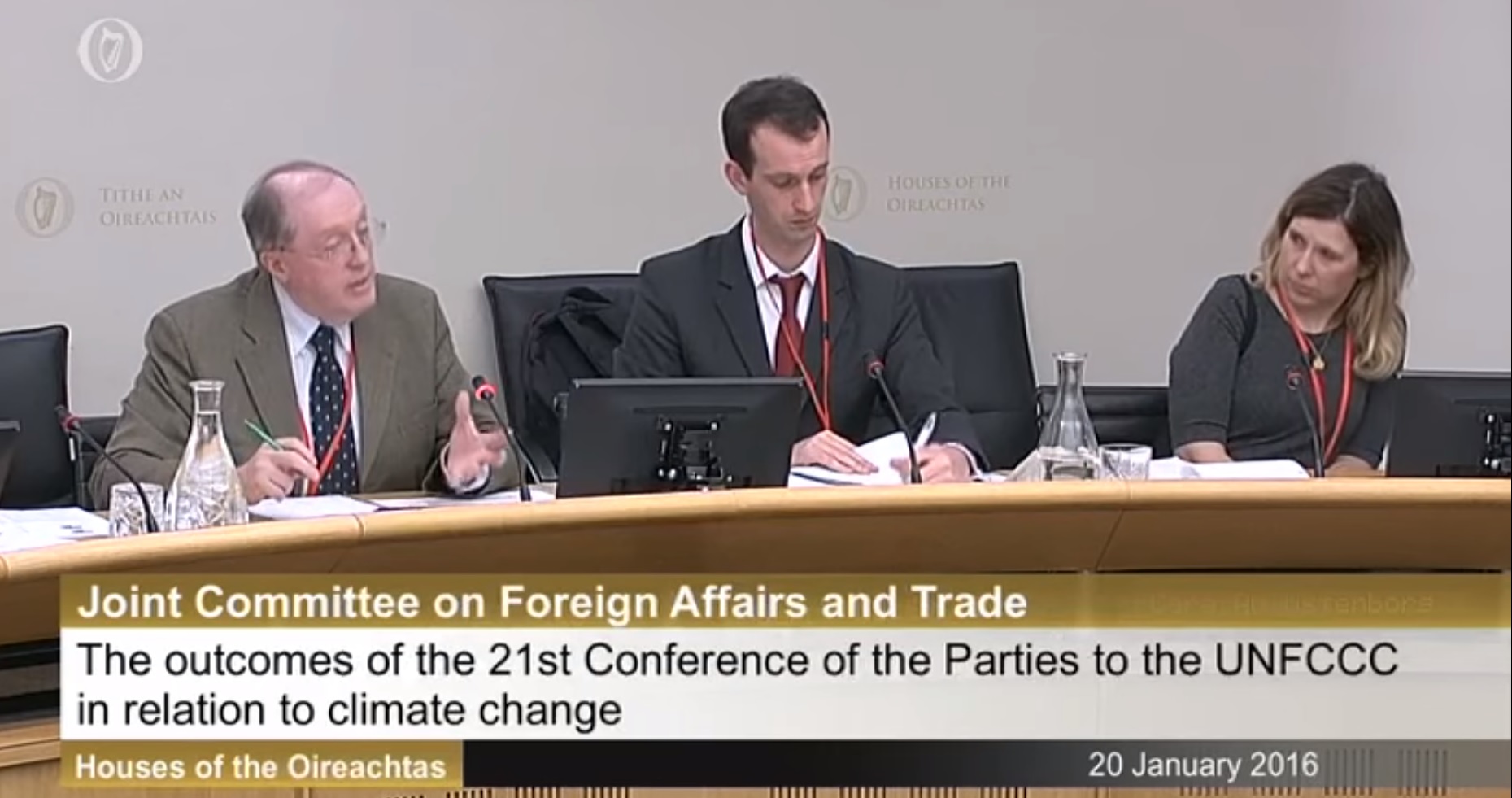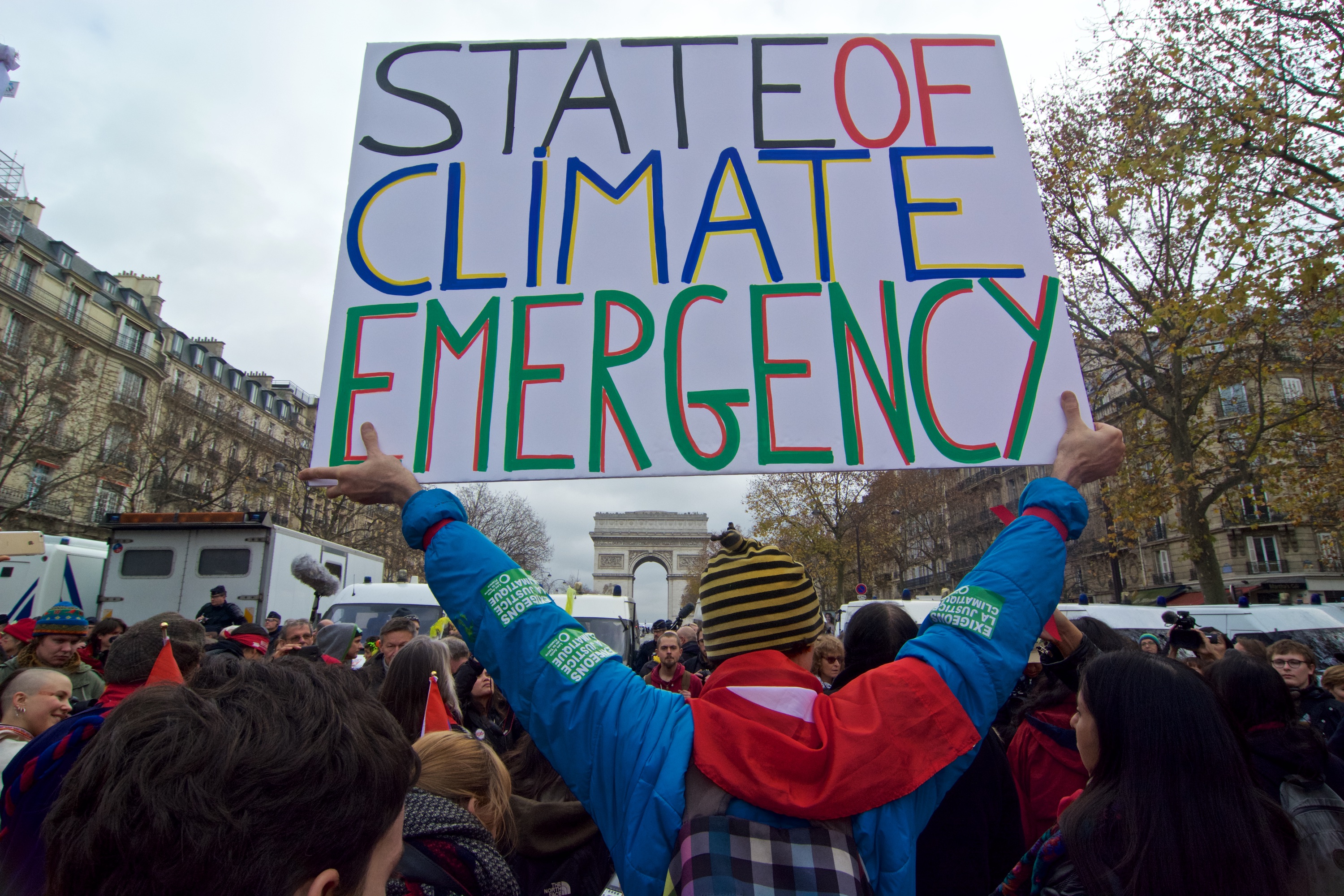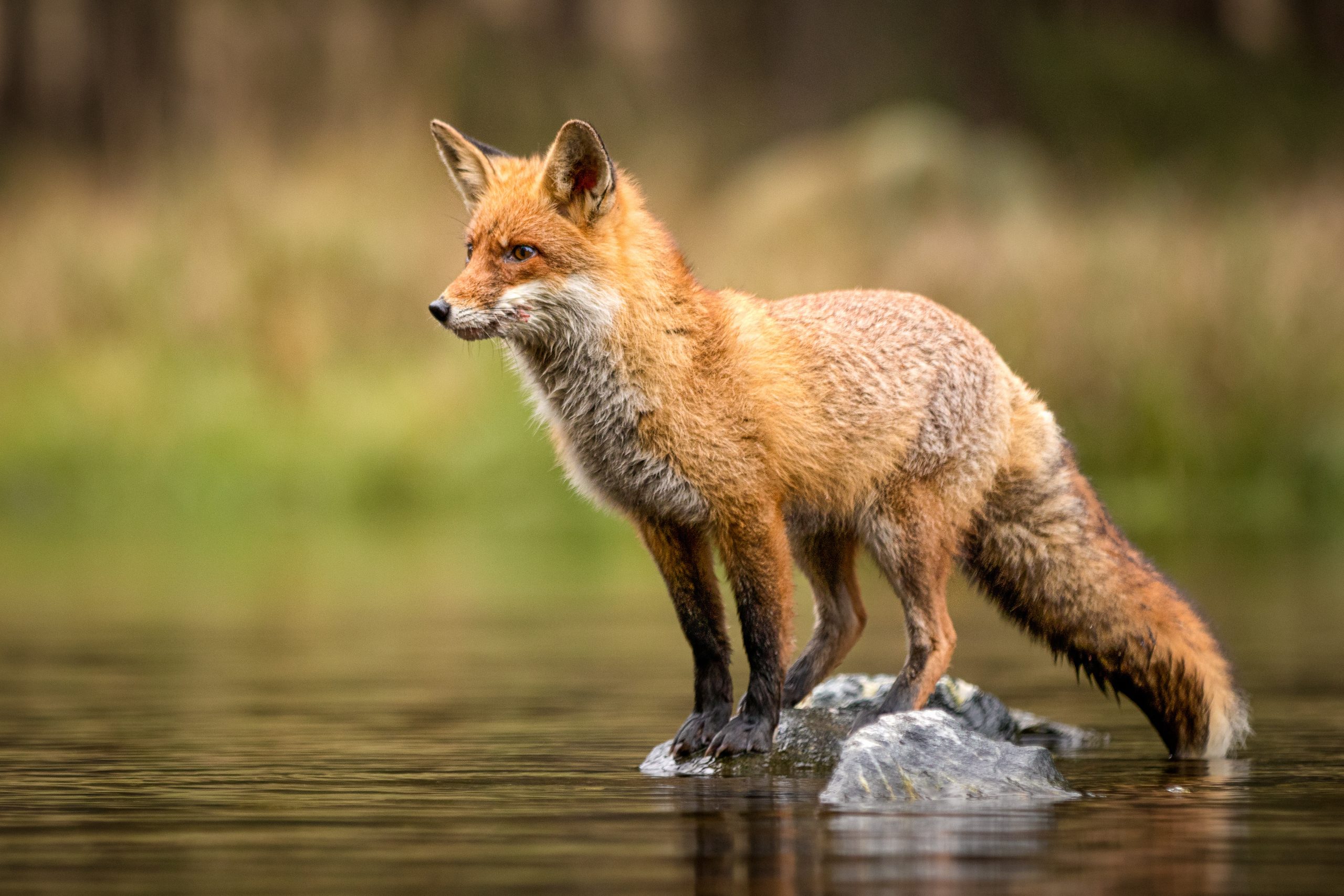LONG READ – Humans are causing one of the worst mass extinctions in Earth history

July 21st, 2017
Humans are the root cause of the ‘biological annihilation’ of life on Earth, according to a study published recently in the journal Proceedings of the National Academy of Sciences (PNAS).
The study – conducted by a team of scientists from the National Autonomous University of Mexico and Stanford University – studied population and distribution trends for 27,600 vertebrate species across the globe and found that 32 per cent are decreasing dramatically in both numbers and geographic range.
This study adds to the burgeoning evidence that we are not only witnessing one of the planet Earth’s worst mass extinction events but that we all collectively have blood on our hands.
How do we know that the situation is so serious and that most species will not simply soldier on?
To fully appreciate the scale of this tragedy, we can place the past few centuries within the context of what we know about life during Earth’s 4,543 million-year long history.
Biodiversity in Earth’s ancient past
Generations of scientists from different disciplines – palaeontology, geology and geochemistry, for example – have devoted their lives to reconstructing how life and environmental conditions have changed and become intertwined over time.
A similarly devoted cohort of ecologists and other scientists have been studying modern day species, habitats and ecosystems, looking at the rate of loss of species over time.
Ecologists measure extinction directly in the field, while palaeontologists and other geoscientists do so by digging fossils and extracting evidence from geologic layers of known ages.
Although they use different methods and data, both fields focus on similar questions – What species are present? How many? How do they interact? What causes species to migrate, boom and die off?
The ‘Big 5’
Mass extinction events – the widespread loss of life on our planet in a short period of time – are quite unusual when compared to the gradual ‘background’ extinction rates from the likes of ecological competition, predation and other gradual changes.
We now know that five major extinction events have disrupted the course of life on Earth over the past 600 million years.
The so-called ‘Big 5’ were the end-Ordovician extinction event 443 million years ago (Ma); the Late Devonian event between 370 and 365 Ma; the end-Permian event 252 Ma; the end-Triassic event 201 Ma and the end-Cretaceous event 66 Ma.
Based on the fossil record before and after these events, it is estimated that each of the ‘Big 5’ killed off at least 75 per cent of all life at that time.
These mass extinction events span intervals ranging from a few thousand to hundreds of thousands of years, a blip in geologic time.
The end-Cretaceous event is the most well understood, thanks in large part to the work conducted by the Nobel Prize winning scientist Luis Walter Alvarez and his son Walter.
Along with colleagues, they identified an ‘extraterrestrial’ iridium layer in sedimentary strata from deposits of this age at sites around the globe.
The story became clear when scientists stumbled upon a large impact crater at the Yucatán Peninsula in Mexico – the end-Cretaceous MEE and the last days of the non-avian dinosaurs were brought about by an asteroid impact and the ensuing chain of events.
The Great Dying
The end-Permian extinction, aptly nicknamed ‘The Great Dying’ was the largest and most catastrophic of the ‘Big 5’.
It caused the staggering loss of 95 per cent of marine species and 70 per cent of terrestrial species in a geologic heartbeat – about 20,000 years – according to 2011 study published in Science.
The ‘Great Dying’ resulted from runaway climate change – with global temperatures 8°C warmer than previous – caused by the release of large amounts of CO2 and other greenhouse gases to the atmosphere.
The exact trigger is still debated but it seems likely that massive volcanic eruptions in what is now Siberia and methane released from destabilised deep sea gas hydrates are the primary culprits.
The combined effect would have been a complete change in atmospheric composition, with CO2 concentrations probably about four or five times higher than today, depletion of oxygen in the oceans and massive sea level rise.
Humans on par with asteroids and mass volcanism
While there have likely been numerous other mass extinction events prior to 600 Ma, the last 600 million years documents the rise and evolution of animal and plant life and all of the trials and tribulations faced with living on Earth.
So how do the ‘Big 5’ compare with extinction since humans have been on the scene?
There is abundant fossil and archaeological evidence that humans have been a primary cause of animal extinction ever since we moved out of Africa between 50,000 and 100,000 years ago.
According to a 2017 study in the journal Nature, the widespread extinction of large terrestrial species has coincided with historical human migrations.
Terrestrial animal extinctions continued unabated to the point that by about 3,000 years ago, it is estimated that 50 per cent of large mammal species and 15 per cent of birds were extinct.
Since 1500 AD extinction rates accelerated as the Age of Exploration brought us to vast new lands.
The International Union for Conservation of Nature (IUCN) now estimates that 338 vertebrate species have gone extinct since 1500 AD.
A 2015 study in the journal Science Advances puts vertebrate extinctions at as much 100 times greater than the calculated background rate of 2 per 100 years.
The IUCN Red List – containing a database of described species and their conservation status – currently contains 80,000 species and almost 30 per cent are threatened with extinction.
Forty-one per cent of amphibians, 34 per cent of conifers, 33 per cent of reef-building corals, 25 per cent of mammals and 13 per cent of birds are currently threatened.
The spread of agriculture is the main driver for most of these losses, followed by the spread of urbanisation, logging, mining, the loss wildlife transport corridors, hunting and water pollution.
Hundreds of species and countless populations are being lost each year as a result of human activity and since countless species have yet to be described, much more are also likely threatened or threatened with extinction.
The Anthropocene and the Sixth Mass Extinction
The greatest mass extinctions in Earth history brought complex life to the very brink of existence in as little as a few thousand years.
Historical and modern pressures from human activity have driven large proportions of species to extinction or to the brink of extinction in a similar, if not more rapid, timeframe.
Scientists may debate whether we are on the cusp or in the middle of the sixth mass extinction and when exactly the Anthropocene geological epoch – where humans have left behind a global identifiable record in the geologic record – began.
Either way, the plight of most species on Earth has reached crisis level and is set to escalate in the coming years as the human population potentially balloons by another four billion by the end of the twenty-first century and climate change will play an increasingly greater role in species extinction.
Urgent conventional and proactive conservation approaches are needed, together with an unprecedented degree of engagement between stakeholders, scientists and policy makers.
[x_author title=”About the Author”]






